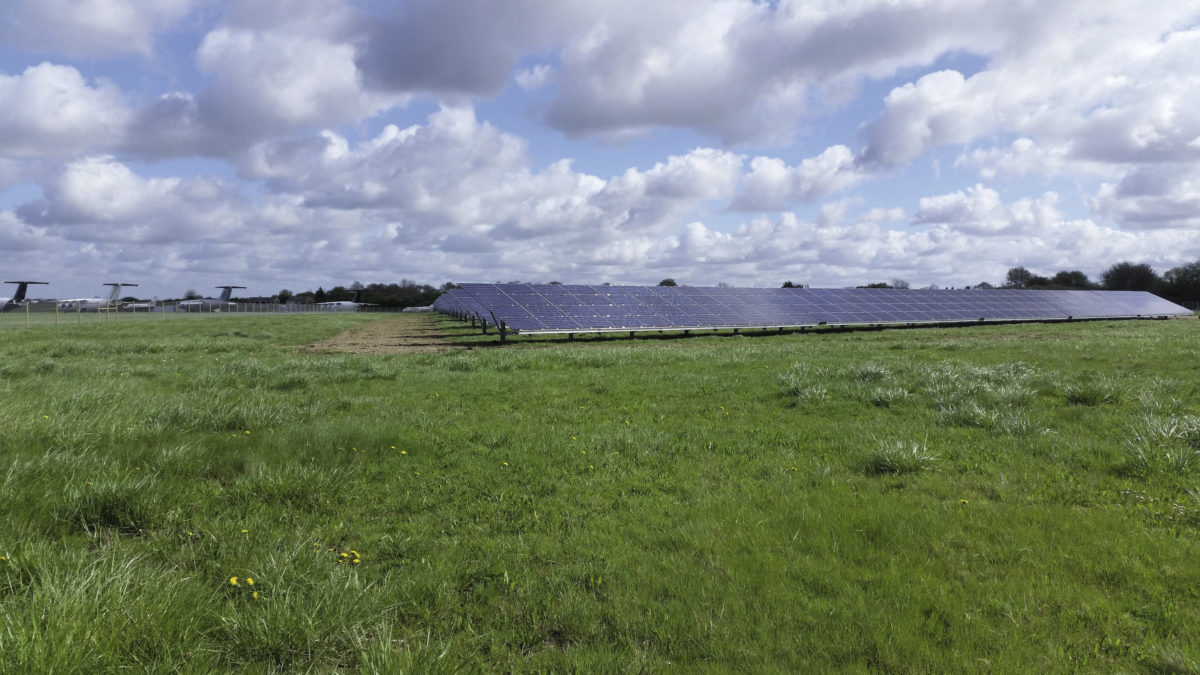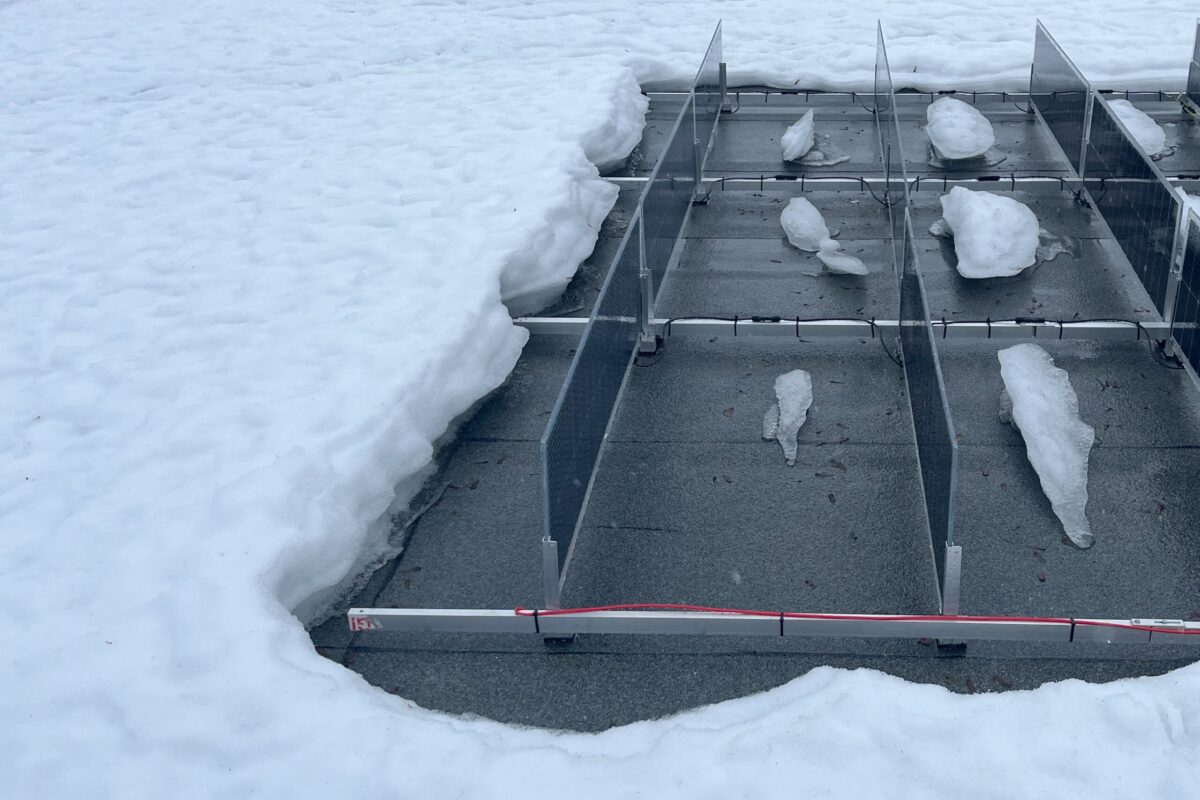The next two CfD allocation rounds are critical to the success or failure of the UK government’s Clean Power 2030 plan, according to power market analytics company Aurora Energy Research. A significant increase in the pace of solar deployment will be required to achieve clean power targets, meaning government-backed renewables auctions must break records in 2025 and beyond.
“If you’re really set on that 2030 year, everything hangs on those two [allocation rounds],” said Marc Hedin, head of research for UK and Ireland at Aurora Energy Research. “The key conclusion is that allocation round seven and allocation round eight will need to deliver quite a lot.”
Hedin told pv magazine that the volume of capacity allocated through the renewable auction mechanism, and the strike price achieved, will be key to both the composition and cost of Great Britain’s electricity system. While allocating more renewable capacity than previous rounds is essential to hitting clean power targets, Hedin warned that contracting too much capacity in the next CfD rounds could be counterproductive.
“There is a risk that if we over procure in one of those two allocation rounds then we create a bit of a supply chain crunch, therefore that will increase the CfD prices. There is a fine balance to strike between being ambitious but also wanting a cost-effective system,” he said.
Budget for solar
Striking a balance is necessary for the UK government to achieve its renewables targets. It has committed to generating enough power from clean energy sources to meet Great Britain’s total annual electricity demand in 2030, a goal Hedin told pv magazine was “at the limit of what is feasible.” Government plans rely on rapid deployment of solar and wind capacity, for which CfD allocations are a key market driver.
In 2024, Great Britain’s sixth CfD allocation round set new records for solar, awarding contracts to 93 projects totaling 3.288 GW of capacity. This was still well below the pace of deployment needed, with the UK government’s Clean Power 2030 plan calling for around 30 GW more solar capacity in the generation mix over the next five years. Government figures for December 2024 recorded 17.2 GW of installed solar capacity in Great Britain, although this data is provisional. The Clean Power 2030 plan targets 45-47 GW of deployed capacity.
That means greater budgets should be expected in future CfD allocation rounds, according to Hedin.
“I think there will be a lot of budget in the upcoming allocation round, especially for solar,” he said.
Policy costs
Solar capacity additions included in the UK Department for Energy Security and Net Zero (DESNZ) Clean Power 2030 plan exceed those included in Aurora Energy Research’s own central forecast. Achieving DESNZ targets for clean generating capacity will bring additional policy costs, according to the power market analyst, but should also result in lower wholesale electricity prices by reducing exposure to volatile gas markets.
“The reality in the UK is that the gas price is relatively high because we import it. On the other hand, renewables are getting cheaper and cheaper, however, the renewables themselves are cheaper but they bring a lot of externalities that are costly to the system,” said Hedin.
“Gas is more expensive than renewables, but when you count all those externalities the gap closes. Our main finding is if you compare a clean power 2030 vision to our own central scenario, which still has renewable deployment etc. but maintains a fair share of gas in the system, we see the [system] cost is almost exactly the same.”
More transparency
The devil is in the details, said Hedin, who suggested a raft of policy support measures will be required in addition to greater budgets for CfD allocation rounds. These include increased transparency around CfD auctions, something which the government committed to in late 2024. DESNZ is expected to publish an auction schedule, as well as information on capacity goals for upcoming allocation rounds. This is necessary to support investment throughout the solar supply chain, according to Hedin.
“If they want to deliver a higher rate of deployment per year, if you don’t provide a higher level of visibility, all the players in the supply chain will not invest,” he said.
This content is protected by copyright and may not be reused. If you want to cooperate with us and would like to reuse some of our content, please contact: editors@pv-magazine.com.



By submitting this form you agree to pv magazine using your data for the purposes of publishing your comment.
Your personal data will only be disclosed or otherwise transmitted to third parties for the purposes of spam filtering or if this is necessary for technical maintenance of the website. Any other transfer to third parties will not take place unless this is justified on the basis of applicable data protection regulations or if pv magazine is legally obliged to do so.
You may revoke this consent at any time with effect for the future, in which case your personal data will be deleted immediately. Otherwise, your data will be deleted if pv magazine has processed your request or the purpose of data storage is fulfilled.
Further information on data privacy can be found in our Data Protection Policy.